- Home
- Features
- Movies/Media
- Collectibles
- Comics/Books
-
Databases
-
Figure Database
>
-
X-Plus Toho/Daiei/Other
>
- X-Plus 30 cm Godzilla/Toho Part One
- X-Plus 30 cm Godzilla/Toho Part Two
- X-Plus Large Monster Series Godzilla/Toho Part One
- X-Plus Large Monster Series Godzilla/Toho Part Two
- X-Plus Godzilla/Toho Pre-2007
- X-Plus Godzilla/Toho Gigantic Series
- X-Plus Daiei/Pacific Rim/Other
- X-Plus Daiei/Other Pre-2009
- X-Plus Toho/Daiei DefoReal/More Part One
- X-Plus Toho/Daiei DefoReal/More Part Two
- X-Plus Godzilla/Toho Other Figure Lines
- X-Plus Classic Creatures & More
- Star Ace/X-Plus Classic Creatures & More
-
X-Plus Ultraman
>
- X-Plus Ultraman Pre-2012 Part One
- X-Plus Ultraman Pre-2012 Part Two
- X-Plus Ultraman 2012 - 2013
- X-Plus Ultraman 2014 - 2015
- X-Plus Ultraman 2016 - 2017
- X-Plus Ultraman 2018 - 2019
- X-Plus Ultraman 2020 - 2021
- X-Plus Ultraman 2022 - 2023
- X-Plus Ultraman Gigantics/DefoReals
- X-Plus Ultraman RMC
- X-Plus Ultraman RMC Plus
- X-Plus Ultraman Other Figure Lines
- X-Plus Tokusatsu
- Bandai/Tamashii >
- Banpresto
- NECA >
- Medicom Toys >
- Kaiyodo/Revoltech
- Diamond Select Toys
- Funko/Jakks/Others
- Playmates Toys
- Art Spirits
- Mezco Toyz
-
X-Plus Toho/Daiei/Other
>
- Movie Database >
- Comic/Book Database >
-
Figure Database
>
- Marketplace
- Kaiju Addicts
|
Irys (sometimes spelt Iris in the East) is the main antagonist Kaiju from the third & final film in the Heisei Gamera trilogy, Gamera 3: Revenge of Irys. Irys is Gamera's last and most powerful opponent he has ever faced. Form and abilities The baby Iris has an armored, mouth-less head with small black eyes, and several long tentacles which sprout from a snail-like shell. It can absorb the life force of organic matter by stabbing them with its tentacle spears, leaving decayed corpses in its wake. The Behind The Scenes feature on ADV Film's DVD shows it was realised on-screen by a remotely-operated puppet. The adult Iris is basically a bipedal creature with two hooved legs and retractable sword-like arms, topped by a head that resembles a pointed seashell. Its back is a mass of saw-edged plates, and from its sides spring four tentacles hundreds of meters long. Each of these is tipped with a bony spearhead, from which Iris can fire a sonic beam similar to the Gyaos. Iris can still drain the life force from its victims, and in the case of Gamera it was able to absorb the monster's abilities and produce its own fireballs. Its chest region is also covered in glossy, bioluminescent patches. The center patch can suck things into its body. While Legion is the biggest monster Gamera has ever fought Irys is the most powerful. 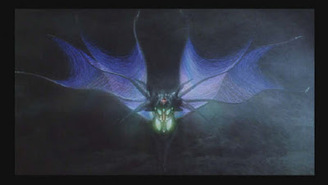 History Iris begins its life as a stone egg, sealed within a small underground temple in Nara village and guarded over by a family line named Moribe - local legend said it was the resting place of a demon called Ryu-Sei-Cho. (A character explains this name to be linked to Chinese mythology) A stone of unknown origin is said to keep the demon dormant as long as it's not moved. A young girl named Ayana Hirasaka - left an orphan by the 1995 Gamera/Gyaos battle and blaming Gamera for her parent's deaths - entered the cave on a dare and moved the stone. In the process she and the latest son of the Mirobe line discover both the egg & an amulet, similar to the one that linked Asagi to Gamera in the first film. The egg later hatched, produced an infant Iris. Ayana gains a link to the creature via the amulet and feels a kinship with the creature, stating at one point "Gamera killed its family too"; driven by total hatred for Gamera, she raises Iris (naming it after her dead pet cat) in hopes that it will become strong enough to kill him for her. It was shown to have an affectionate nature, but this is shown alongside the sinister way it eats and, later in the film, the woodland animals it leaves dead. 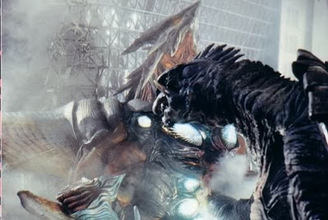 It is not long before Iris it attempts to merge with Ayana - and her actions show she's willingly letting it do so - by sealing her in a cocoon. Moribe discovers her and cuts her free. She is then taken to a hospital. While Ayana is gone, Iris grows kaiju-sized in the woods as it devours several villagers, including Ayana's adoptive parents and brother. Shortly, the monster grows into its adult form. The Japanese Self Defense Forces quickly deploys and surrounds Iris as it sleeps, attempting to take it out with machine guns and bazookas. Some of the soldiers are killed before Iris takes to the sky and heads for Kyoto, where Ayana had been transferred earlier. The JSDF sends two F-15s in an attempt to shoot Iris down, but it is able to evade them and almost kills them. The fighter pilots are saved by the sudden arrival of Gamera, who engages Iris in a mid-air battle. The JSDF ends the battle by shooting at Gamera, which slows him down and allows Iris to continue on to Kyoto. 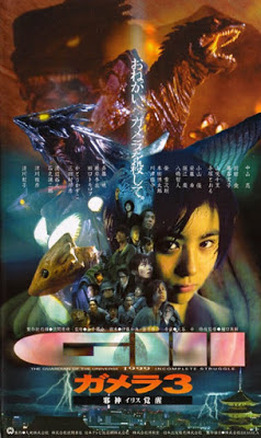 Soon, Iris lands in Kyoto and fights Gamera on land with Ayana watching and commanding to kill it. Iris manages to knock Gamera down for the count and then attempts again to merge with Ayana; when Moribe intervenes, the creature swats him aside and sucks her into its body against her will. While inside, Ayana realizes that she fueled Iris' destruction with her emotions - it was her hatred that led to the death of her adopted parents, and Super Gyaos instead of Gamera actually killed her parents. All seems lost until Gamera suddenly punches through Iris' armor and rips Ayana out. Infuriated, Iris pins Gamera's hand to a wall with its spear hand and begins to absorb Gamera's energy. Its tentacles begin to form plasma balls, when Gamera quickly uses a plasma ball himself to sever his own hand. Iris fires the absorbed plasma balls at Gamera who uses his stump to turn the plasma into a plasma fist. Gamera then uses the fist to slice through Iris' chest, killing it and ending its reign of terror. Unconfirmed origins and motives The origins of Iris are not explained, and instead the film presents Chinese mythology as explained by Ayana's adoptive brother, the beliefs of the Moribe clan matriach, the theories of government agent/misanthropic recluse Kurata Shinji and the actions of government agent & cultist Ms Asukara. Grandmother Moribe states that the Ryu-Sei-Cho is a demonic creature that will destroy the world if it is ever released. In contrast, the mythology that the Ryu-Sei-Cho name comes from suggests that the being is the mythical "Guardian of the South", who will defend against a threat from the South; a tortoise (hinted to be Gamera) is said to be Guardian of the North and Ayana asks if the two Guardians are rivals (this was unconfirmed). Asukara, who (at the start of the Kyoto battle) Kurata refers to as a former shrine priestess and hints her bloodline goes back to the Atlanteans, believes Iris to be a savior against the "evil spirit" Gamera who threatens to destroy Heaven and Earth. With Kurata's help, she has Ayana moved from hospital to Kyoto, where she's built a shrine and where she attempts to use Ayana & her amulet to deliberately draw Iris to Kyoto. She later seizes the amulet for herself to join with Iris against Gamera (calling it "the God Naibo") and the amulet does appear to react, but no serious connection is made and she was killed in the process. Kurata's belief is that Iris was designed by "the ancients" (Atlanteans), as Gamera and Gyaos was, but with the specific intention to stop Gamera from saving humanity from the Gyaos - "there could be a worse future for Earth than our extinction" and Iris was created to stop that future. He theories it will permanently merge with Ayana to gain power, similar to how Gamera bonded with Asagi but to a greater degree so it can overpower the guardian. Here, Iris is basically out to ensure extinction of mankind (something he openly likes the sound of). Kurata's belief fits in with what is shown of Iris and its actions: it is specifically awoken by the Gamera-hating Ayana, who lifts a stone it is stated a sumo wrestler couldn't move; like Gamera, it has an Atlantean amulet that links it to a human (effectively making it the anti-Gamera); through Asukara, said to be an Atlantean descendant, it is shown there is a long-running religious belief that Iris will protect Earth from destruction by Gamera; and after it is destroyed and Gamera is wounded, Gyaos flock towards Japan as if they know it's left them an opening. It is also shown that Ayana's hatred and malice drives Iris, and it was her influence that caused it to massacre her village & adoptive family and seemingly her influence that causes it to attack Gamera. This could mean Iris' development was warped by contact with Ayana and it would not have been hostile otherwise, or simply that the creature was designed to be awoken by and to seek out individuals with such hostility in them.
0 Comments
The Maser Cannon is a fictional weapon featured in many of Toho Studio's sci-fi and fantasy films. There have been several varieties, but each function in a similar way and have a similar appearence. Variations of the Maser have appeared in 12 films thus far. 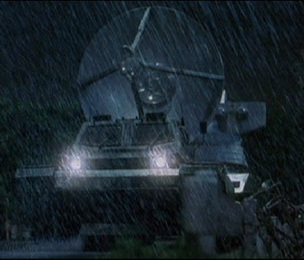 Origins Many fans consider the inspiration for the final version of the Maser Cannon to be the Markalite Cannon from 1957's The Mysterians. The gigantic satelite-like weapon fired a ray/beam from its center, and proved to be very effective. A similar weapon also appeared in 1959's Battle in Outer Space. In 1961, the movie Mothra featured the famous Atomic Heat Ray Gun, a Markalite-like weapon that took the basic design that was featured in the previous films and placed it on wheels. The tank-like form was taken to the next level five years later for the film War of the Gargantuas, the first film to feature an official Maser Cannon. Overview Although there are several different types of Masers, most have a similar appearence and all function in about the same way. The Maser is basically a large tank that supports a laser firing system in the form of a large arm ending in a satelite-like head. Usually, the arm lowers down when the tank is moving, and rises to take aim at the intended target. The head then fires a steady beam that resembles a laser beam or stream of lightning. The beam has proven to be very effective against some monsters, the best example being Gaira. Masers were also very effective in driving off such monsters as Anguirus and Godzilla (only in The Return of Godzilla), and a variation of the Maser, called the DAG-MB96 or ULT Laser Cannon (which appeared in Godzilla vs. Destoroyah (1995)) even succeded in killing the monster Destoroyah at the film's climax. However, most of the time, the Masers fell before the might of the monsters. Maser weapons were utilized by Kiryu, as mouth cannons and the chest-mounted Hyper Maser Cannon, in the Millennium series films. Different Incarnations Type 66 Maser Cannon Hyper Laser Cannon MBT-92 MBAW-93 DAG-MB96 (also known as the ULT (Ultra Low Temporature) maser Cannon) Type 90 Maser Cannon Type 90 Maser Cannon (Second Generation) Cryogenic Tank (Godzilla: Unleashed) 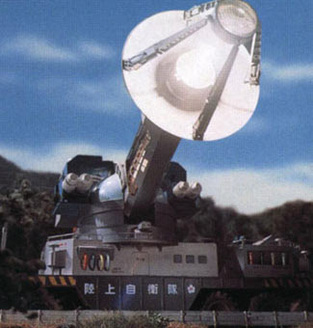 Film Profiles Type 66 Maser Cannon Length: 14.5 meters Height: 6 meters Mass: 80 tons Created back in the mid 1960's, this piece of machinery would soon be the leader in Japan's military forces. Able to emit a thin, jagged beam of plasma energy, the weapon proved to be able to hurt many a kaiju. Leading against such foes as Gaira, Gigan, King Ghidorah, and Megalon, the weapon gained respect within minutes. Unfortunately the weapon did have its flaws, like all the others. Because of the fragility of the reactor's core, the machine could not handle any extreme heat. Meaning if that it was struck with a kaiju's energy blast, it would definatly not survive. Hyper Laser Cannon Length: 20 meters Height: 5.34 meters Mass: 120 tons In secret, the Japanese government developed highly advanced technologies during the waning years of the Cold War. Among these military vehicles were the aerial battle-mech: the Super X, and the ground-based beam weapon: the hyper laser cannon. When Godzilla attacked Tokyo in 1984, almost 30 years after his predecessor's initial strike, the JSDF finally put these weapons into commission, to help rid the nation of this terror. Meanwhile, an esteemed professor continued his work on a crude, yet highly effective mind-control device, a brilliant blueprint for what would be Godzilla's not-so-ultimate defeat... As the Japanese government continued to allow Dr. Hayashida's experiment to run its course, two hyper laser cannons were dispatched to contend with the towering terror. The avian frequency device, used to trick Godzilla's mind into following whoever wields the machine, began to lead the monster barreling straight into Dr. Hayashida's lab. Those trapped within the laboratory watched in horror as the cold eyes of the lumbering leviathan approached, but luckily, the piercing chirp of a concentrated beam collided with Godzilla. The curious creature turned to face this exotic weaponry, and in the process, damaged the building in which Dr. Hayashida was conducting his experiments. The beast continued to turn toward the laboratory from which he sensed the familiar frequencies, but was quickly distracted by the mild challenge that the relatively diminutive hyper laser cannons posed... Both tanks continued to unleash their powerful beams at Godzilla, but the monster barely reared at the searing strikes. The two devices, firing from two separate angles, blasted Godzilla and managed to lure the monster through the park and away from the lab. Fortunately, the ultimate weapon, the Super X, had finally arrived to relieve the burden off of the ineffective beam cannons. It was certain that this new weapon would be the device that would succeed where so many others failed. The hyper laser cannons bid a silent retreat. MBT-92 Length: 16 meters Height: 4.8 meters Mass: 85 tons The MBT-92 would replace the hyper laser cannon when the threat of godzilla return in the late 80s. It would first encounter godzilla in 1989 were it would prove its usefulness against the atomic dragon. Later throughout the the 1990s the MBT-92 would encounter godzilla multiple times. However despite the combination of firepower, armor and mobility the MBT-92 would eventually in every encounter with godzilla or an other kaji be defeated. The MBT-92 Is six wheeled and very armored with An maser cannon that can project an single ray. In Godzilla vs Destroyah the MBT-92 is equipped with an Ultra-Low Temperature laser and additonal missile pods. DAG-MB96 Length: 10.5 meters Height: 7.9 meters Mass: 105 tons A new spin was placed on the favored Maser Cannon design that had so aided Japan's Self Defense Force in the mid 1990's. The go-ahead to produce this new "freezing gun" was given when Godzilla was transformed into a ticking time bomb. The new Burning Godzilla threatened to be overtaken by his nuclear heart and detonate, taking all of Japan with it in a Chinese Syndrome. A plan of action to cool down the giant was immediately taken into play. Oddly enough, though, Godzilla wasn't the first monster to face the improved DAG-MB96. Instead, the machines were called against the gathering Destoroyah forces. Joined with the Apaches and Type 90 tanks, the DAG-MB96's unleashed their fury. Freezing missiles, and glacier blast of ionized energy cut into the armies of the Destoroyahs. The weapon was proving its worth, until the Precambrian life forms merged into a single giant. Within seconds they outgrew the pitiful gnat like stings of the Freezing masers and destroyed all that laid before it. Worrying over their losses, the second wave of vehicles were used a bit more wisely. The Self Defense Force waited until the closing minutes of Burning Godzilla and Destoroyah's fight before striking. As the armored giant tried to flee from Godzilla's grasp, the military was deployed. They stole the victory from the nuclear giant, killing and ending Destoroyah's reign of terror forever. However, there was no time to gloat over the victory, as their next target, the overheating Godzilla, was about to reach critical mass. They showered the monster with icy man made weapons, but they could not halt the inevitable. However, in Godzilla's fleeting moments of life he was able to instill his energy in Junior, reviving him, and avoiding the explosion for which the SDF feared. Type 90 Maser Cannon Length: 19 meters Height: 6.1 meters Mass: 132 tons Following in a line of effective maser weapons, the Type 90, which shares similarities in such things such as design with the earlier Type 66 Maser Cannon, was one of the most powerful weapons in the arsenal of the Japanese Self Defense Forces. Unfortunately, it did have a few weaknesses with the most important being that if it had to fight against a kaiju in a rainstorm, the rain would reduce the power of the energy beam. Eventually they met their match in 1999 at the hands of Godzilla who easily destroyed the Type 90s maser cannons during a battle around Tateyama. Their ineffectiveness persuaded the Japanese Prime Minister at the time, Machiko Tsuge, to sanction the development of new weapons, including one that used the bones of the original Godzilla as its basis. Despite the weapon's ineffectiveness against Godzilla, the Type 90 maser cannon continued to see action in subsequent battles against the king of the monsters. Type 90 Maser Cannon (Second Generation) Length: 19 meters Height: 6.1 meters Mass: 132 tons One of the many military weapons in the arsenal of the Japanese Self-Defense Force, the Type 90 Maser Cannon was utilized during an epic battle with Godzilla in the mid-1960s. The snow and ice of the Antarctic landscape gave way to these technological wonders as they made their approach toward Godzilla. The searing streams of electricity fired, and along with a wide variety of other military weaponry and a brutal storm, it appeared as though the advantage was immediately on the side of the humans. Shortly after the assault commenced, however, the wretched reptile began to regain his composure and retaliate. Among his primary targets were these devices that inflicted pain and agony in their flowing currents, and it did not take long for a single atomic ray to wipe out the maser resistance. Their usefulness was immediately proven worthless... Film Appearances
War of the Gargantuas (1966) Godzilla vs. Gigan (1972) Godzilla vs. Megalon (1973) The Return of Godzilla (1984) Godzilla vs. Biollante (1989) Godzilla vs. King Ghidorah (1991) Godzilla vs. Mothra (1992) Godzilla vs. Mechagodzilla (1993) Godzilla vs. Destoroyah (1995) Godzilla Against Mechagodzilla (2002) Godzilla: Tokyo S.O.S. (2003) Godzilla: Final Wars (2004) Trivia The original Maser that appeared in War of the Gargantuas had a head that always remained parallel to the ground benieth it. This was due to the fact that the light bulb used to light the Maser prop could only function parallel to the floor of the set. In George Lucas' Star Wars Episode II: Attack of the Clones (2002), durring the climactic battle between the clone and droid armies on the planet Geonosis, the clones unleash a laser tank against the escaping Trade Federation starships that bears a striking resemblance to Toho's Maser Cannon. Both rest on tanks and fire a blue beam from a satelite-like head. While it is unknown weather or not Lucas used the Maser Cannon for inspiration, it is extremely likely given the similarities. (This is not without precedent; Lucas had referenced Japanese cinema previously in the Star Wars series. The characters of C-3PO and R2-D2 were based on the always bickering peasants in Akira Kurosawa's masterpiece The Hidden Fortress. Also, the Rancor, a giant alien monster that had made an appearence in Episode VI: The Return of the Jedi, was based on Godzilla himself, and was originally planned to be realized via suitmation.) Rodan (ラドン Radon) is a fictional Japanese mutated pterosaur introduced in Rodan, a 1956 release from Toho Studios, the company that produced the Godzilla series. Like Godzilla and Anguirus, he is designed after a type of prehistoric reptile (the Japanese name "Radon" is a contraction of "pteranodon"). Radon is usually referred to as "Rodan" in the United States, possibly to avoid confusion with the atomic element Radon; any time his name is written in English in Japan, it is written as Rodan. He is occasionally portrayed as a rival and enemy of Godzilla, but is usually depicted as one of Godzilla's allies, much like Anguirus. Rodan and Anguirus both started out as enemies of Godzilla, which explains the occasional enmity between the creatures and Godzilla himself on the rare occasion that they are pitted against one another. Appearance Rodan first emerged in 1956 from a giant egg that lay underground in a mountainside. A group of miners had dug up and released a swarm of ancient bugs known as Meganulon. Once hatched the infant Rodan began feeding on the insects. It took only days for Rodan to reach its full size. It grew large horns on the back of its head and sharp serrated spikes on its chest. Rodan's skin is dark brown in color, although after turning into Fire Rodan in the Heisei film Godzilla vs. Mechagodzilla II Rodan's skin turned brick red. In the Showa and Millennium eras Rodan stood as tall as Godzilla but in the Heisei era Rodan and Fire Rodan stood only about 2/3 as tall as Godzilla. In the Heisei era the prominent rows of spines on his belly are replaced with overlapping ridges of bone and he has three horns on his head instead of two (the outer two curve outwards and the center curves up) as well as a wider beak and a more predatory face. Millennium Rodan looked more like the Showa version as it retained the Heisei era ridges of bone on its chest. It also had only two horns again, and its color is similar to the Showa version. Powers and Abilities Rodan has layers of spikes on its chest that can be used as a weapon. In the film Ghidorah, the Three-Headed Monster Rodan slammed into Godzilla at full speed and its chest colliding with Godzilla's head to send the behemoth crashing to the ground. Rodan was once one of the fastest known Kaiju but now unfortunately[citation needed] he is one of the slowest flying Kaiju in the series, flying at mach 1.5. The Heisei incarnation flies at mach 3 and others such as Megaguirus fly at mach 4. But one thing most other flying Kaiju lack is Rodan's ability to emit sonic booms from its body, destroying any and all structures in its path. Sometimes called merely hurricane winds, it is clearly visible in Godzilla Final Wars that Rodan can choose to emit the sonic booms, as demonstrated when it flew over the ship "Rumbling" and released a sonic boom destroying the air craft. In the 1956 film Rodan was given another weapon that was never used again, a concentrated blast of wind from its mouth. This ability was most likely never used again because it was too much like Godzilla's atomic breath. An in-universe explanation can be that the Rodans from the 1956 film died in a volcano, leaving their one and only offspring to survive throughout the entire Godzilla series. The infant lacked the ability to fire a concentrated blast of wind. Fire Rodan was able to fire a uranium heat beam from its mouth, an ability acquired from Godzilla. Fire Rodan could also instill energy in others by sacrificing itself, putting its life force into another being to bring them back from the dead. Origin Showa series In the 1956 film Rodan, two Rodans were unearthed and awakened by mining operations in Kitamatsu along with a swarm of prehistoric insects called Meganulons. After devouring several people and reducing Sasebo to ruins, one Rodan is maimed in a bombardment of their nest in Mount Aso and falls, into a volcanic eruption triggered by the attack. The other Rodan, in a doomed attempt to save its mate, flies into the mouth of the volcano as well. Also, as with Godzilla, the American version differs from the original Japanese release by more than simple matters of language translation; the original Japanese version is much darker in tone. It also has one of the Rodans damaged by a jet fighter, hindering its ability to fly at supersonic speeds. Rodan went on to cross over into the Godzilla series. Rodan, resurrected by volcanic gas accumulated in the crust, emerges from a volcano in Ghidorah, the Three-Headed Monster first to do battle with Godzilla, then after some persuasion by Mothra, Rodan helped Godzilla and Mothra defeat King Ghidorah. After this point Rodan was no longer a monster of destruction, it was an ally of Godzilla, who after this point turned good as well. Rodan appeared with Godzilla again in Invasion of the Astro-Monster, where both were mind-controlled by Xilians to destroy Earth's cities. After the mind control was broken on them, they attacked King Ghidorah defeating the creature once again. Both Godzilla and Rodan were plunged into the sea, Godzilla would go on to fight other Monsters, while Rodan was collected with all of Earth's other Monsters and placed on Monster Island. In Destroy All Monsters, the monsters of Monster Island including Rodan were used by aliens to wreak havoc on Earth via mind control, this time by the Kilaaks. Again the mind control was broken and the monsters fought King Ghidorah, this time killing the monster once and for all. Rodan was then placed back on Monster Land to live out his days in peace. Rodan would only appear again in the Shōwa series in stock footage used for Godzilla vs. Gigan, Godzilla vs. Megalon and Terror of Mechagodzilla. Heisei series Rodan in the Heisei series appeared in Godzilla vs. Mechagodzilla II, where he sought to protect Baby Godzilla, whose egg was in the same nest as Rodan. Heisei Rodan, while the suit was much bigger and heavier than the Showa version, is notably much smaller relative to the larger version of Godzilla, standing only about 2/3 as tall as the other monster and having a wingspan 1/2 Godzilla's height. After being defeated and left for dead by Godzilla, Rodan was revived by the psychic song of an ancient plant that had covered Baby Godzilla's egg. Godzilla's radiation mutated Rodan, changing his colors from brown and tan to brick red and light yellow/gold. Fire Rodan also gained a purple colored uranium heat beam similar to Godzilla's nuclear pulse. His beak is powerful enough to break through boulders. Like the Showa version, Rodan seems impervious to Godzilla's breath but only to an extent, being hit several times and not seeming affected until later in the battle. Rodan played a vital role in the film's climax, sacrificing his own life to revive Godzilla by transferring his life-energy to him. Godzilla then destroyed Super-Mechagodzilla as retribution for Rodan's death. Millennium series In the 2004 film, Godzilla: Final Wars, Rodan is used as a weapon of destruction by an alien race called the Xilians via mind control. He appeared alongside an all-star cast of classic Showa monsters, as they wreaked havoc on the major cities of the world and were sent to fight Godzilla. Rodan attacked New York City while under the aliens' control. Rodan, King Caesar, and Anguirus are pitted against Godzilla at Mt. Fuji. He successfully defeats all three monsters. King Caesar, Anguirus and Rodan are then left in a heap at the base of the mountain. Godzilla did not kill his fallen foes as a nod to their status as allies of Godzilla during the Showa era. This is in contrast to the remaining majority of the monsters seen in the film, all of whom, aside from Zilla, were enemies of Godzilla during the Showa era, and were slain either by Godzilla, the Gotengo, or the mutants who were part of an anti-monster task force near the beginning of the film. Film appearances
Rodan Ghidorah, The Three-Headed Monster Invasion of Astro-Monster or Monster Zero (US release) Destroy All Monsters Godzilla vs. Gigan (Stock Footage) Godzilla vs. Megalon (Stock Footage) Terror of Mechagodzilla (Stock Footage) Godzilla vs. Mechagodzilla II Godzilla Final Wars Mechani-Kong (メカニコング Mekanikongu) is a remote-controlled robot double of King Kong introduced in the 1966 animated television series The King Kong Show and featured again in the 1967 film King Kong Escapes. The robot was created by Dr. Hu (not to be confused with the British television series Doctor Who or its main character) to kill the giant ape King Kong. Television Mechani-Kong first appeared in the ninth episode of The King Kong Show (the segment titled "Mechanikong") as one of several monsters in the series used by Dr. Hu to fight Kong. Film Mechani-Kong was built by Dr. Hu to dig for Element X, a large core containing a natural abundance of nuclear power. However Mechani-Kong was not strong enough to dig out the element, as the robot's circuits were destroyed by magnetic waves. Dr. Hu then kidnaps the real Kong to dig for the element, placing him in a hypnotic trance. Kong eventually breaks out of his trance and swims to Tokyo, where he and Mechani-Kong fight atop Tokyo Tower. After a long battle, in which both of them nearly fall off the tower, Dr. Hu's associate Madame X rips out the robot's control cords, causing Mechani-Kong to malfunction. The robot falls to its destruction from the top of the tower, mirroring Kong's demise in the original film. Lost projects After abandoning a remake of King Kong vs. Godzilla in 1991, Toho attempted to produce a film called Godzilla vs. Mechani-Kong. However, though Toho had created the live-action Mechani-Kong, Turner demanded payment for using King Kong's image. The film was dropped in favor of Godzilla vs. King Ghidorah. Abilities Aside from its great strength, Mechani-Kong possesses a dome on the top of its head which features a flashing light that can be used to blind or hypnotize its foes. Although not as agile as the real Kong, Mechani-Kong possesses greater endurance. It is later modified with attachments on its waist which it uses to carry multiple grenade-like explosives. He can also fire beams from his eyes. Influence
Mechani-Kong inspired the creation of Mechagodzilla for Godzilla vs. Mechagodzilla. Mechani-Kong also inspired the creation of an enemy character named 'Mecha Pong' from Capcom's 1989 arcade game Strider. Akira Ifukube utilized a reworked version of Mechani-Kong's theme for Mechagodzilla in the Heisei film Godzilla vs. Mechagodzilla II. In Godzilla: The Series, a monster appeared called Robot Yeti who is very similar to Mechani-Kong. In The Grim Adventures Of Billy And Mandy episode "Giant Billy and Mandy All Out Attack" Mandy gets a robot named Mecha-gorillasaur in order to stop a gigantic humanoid fish hero version of Billy. Mechagodzilla (メカゴジラ Mekagojira) is a fictional character from various films in the Godzilla series, introduced in Godzilla vs. Mechagodzilla (1974). He is Godzilla's mechanical doppelgänger and one of the most popular Toho kaiju. Mechagodzilla is also recognized as one of Godzilla's most powerful enemies (all iterations have at one point or another come very close to killing the King of the Monsters). Appearances Showa The original Mechagodzilla was created as a weapon of destruction by the Simians. It first appeared in a pseudo-flesh outer covering, masquerading as the real Godzilla during attacks against Japan in Godzilla vs. Mechagodzilla. Curiously, while the Simians gave Mechagodzilla a laser beam in its mouth to mimic Godzilla's atomic breath, they didn't bother replicating Godzilla's unique roar. Godzilla's ally Anguirus wasn't fooled by the impostor, but in the resulting fight Mechagodzilla broke Anguirus' jaw and sent him fleeing underground. Although the battle went badly for Anguirus, it tipped humanity off to the charade because while Godzilla and Anguirus had initially been enemies in 1955 in the second Godzilla film, they had been firm allies ever since, and the two were known to come to one another's aid in combat against other monsters. Anguirus attacking 'Godzilla' was seen as a complete shock. Anguirus had also exposed a piece of Mechagodzilla's true mechanical nature by ripping off a piece of the disguise the machine was covered in, though most humans did not seem to notice it. Soon the true Godzilla appeared and exposed his foe's metallic form completely. The battle resulted in a tie, however, and in the end it took the combined might of Godzilla and King Caesar to remove Mechagodzilla's head from his shoulders, ending the threat. The Simians rebuilt their dreadnought for another try in Terror of Mechagodzilla one year later. Having learned the value of teamwork firsthand, the Simians called in an old debt to pair Mechagodzilla with the aquatic dinosaur Titanosaurus that had been discovered by a Dr. Mafune. This time there were some modifications made, mainly turning the mecha into a true cyborg by giving it living human brain cells. This was accomplished by integrating its control circuitry into the body of Dr. Mafune's daughter Katsura, as well as a variety of other cybernetic enhancements. Also Mechagodzilla's main control system was moved down into its neck so it could function unimpaired if Godzilla again attempted to decapitate it. Godzilla's perseverance combined with the timely self-sacrifice of Mechagodzilla's operator (Katsura killed herself) brought the machine down for good. The King of the Monsters buried Mechagodzilla's shattered form deep underground to prevent another repair job. The original Mechagodzilla is the only one to be referred to by numerics within the movies themselves. When it is rebuilt in its second appearance, the "MG" emblazoned on its arm has a "2" added to it. It is still usually referred to as simply "Mechagodzilla" by the characters. This version of Mechagodzilla was rated Number 15 of the 50 Best Movie Robots by The Times, beating other such legends as C-3PO from Star Wars, the T-1000 from Terminator 2: Judgment Day, and Optimus Prime from Transformers. Arsenal The Showa Mechagodzilla has armour constructed out of a mysterious and nearly indestructible alloy known as "Space Titanium." It is also equipped with a staggering amount of firepower. Mechagodzilla is capable of firing a rainbow colored optical beam that was able to match Godzilla's atomic breath, known as the "Space Beam". Its head can rotate a full 360 degrees, allowing the robot to shoot down an opponent that might attempt to approach from behind. Mechagodzilla's head is also able to generate a cylindrical force-field around the robot's body by spinning around rapidly. When disguised as Godzilla, Mechagodzilla used a Flamethrower from its mouth to mimic the real Godzilla's atomic breath. After the disguise was destroyed, Mechagodzilla never used that weapon again. The Showa Mechagodzilla is also equipped with powerful missiles in its fingers, knees, and even its toes. These missiles can explode on contact with a target or lodge in an enemy's flesh like darts. Located under a hatch in Mechagodzilla's chest is a weapon that fires a jagged orange energy beam with enough power to cut a mountain in half. Mechagodzilla 2 was able to increase the velocity of its finger missiles by rapidly rotating its hands and could also fire a ray from under its head when it was ripped off. Mechagodzilla is shown to be capable of using its beam and missile weapons simultaneously and against multiple targets, at one time engaging Godzilla to the front and King Caesar to the rear. Heisei The Heisei Mechagodzilla, from Godzilla vs. Mechagodzilla II, was created by the United Nations Godzilla Countermeasures Center using Futurian technology scavenged from the remains of Mecha-King Ghidorah. When Godzilla attacked the city of Kyoto, Mechagodzilla was deployed against him. The mechanical kaiju acquitted itself well, but was eventually defeated due to a voltage backsurge during their electrocution of Godzilla. One of the back-up pilots, Kazuma Aoki, suggested merging Mechagodzilla with the Garuda, a smaller airship that had been constructed by the UNGCC before Mecha-King Ghidorah's remains had been salvaged. Kazuma, in fact the chief designer and main pilot of Garuda to start with, found some personal redemption as his idea is approved. The combined form of the two mechs, dubbed Super-Mechagodzilla, is unleashed against the King of the Monsters and Fire Rodan. In the heat of battle, Kazuma personally detaches Garuda and flies against Fire Rodan while the other Mechagodzilla crew continue against Godzilla. Kazuma is defeated, but manages to reattach the Garuda to Mechagodzilla to form Super-Mechagodzilla. Super-Mechagodzilla proceeds to destroy Godzilla's secondary brain crippling Godzilla and then moves in to destroy Godzilla. Fire Rodan leaps to Godzilla's defense, but is fatally wounded by a blast from Super-Mechagodzilla's Megabuster Ray. Upon landing on Godzilla, Fire Rodan, with his last ounce of strength, places his beak on one of Godzilla's dorsal plates, releasing the radioactive energy within his body and healing Godzilla. As Fire Rodan dissolved, he filled the air with a superheated, radioactive dust, which melted Super-Mechgodzilla's diamond coating. As a result, Super-Mechagodzilla was rendered defenseless against the revived monster. Godzilla, temporarily supercharged with radiation, destroys the mech with his red spiral atomic breath as revenge for Rodan's death. Super-Mechagodzilla's crew escape uninjured. Arsenal The Heisei Mechagodzilla has an impressive and varied arsenal built only to destroy Godzilla and other monsters, which makes it a powerful adversary. Mechagodzilla is protected by an armor plating much like Garuda's NT-1 armor though Mechagodzilla's is made from a much stronger version of the alloy called NT-20, which is coated in a layer of artificial diamond that allows it to absorb energy from Godzilla's atomic breath and transfer it to its ultimate weapon, the plasma grenade, located on its abdomen. Mechagodzilla was also able to absorb energy from Fire Rodan's Uranium heat ray. This weapon could be rendered useless if the plasma pool used to channel the energy overheated, this diamond coating is the only real reason Mechagodzilla survived any of its encounters with Godzilla. Mechagodzilla also possesses laser cannons in its eyes and a mega buster beam in its mouth with destructive power equitable to Godzilla's atomic breath. It can fire tranquilizer missiles from its hips, paralysis missiles from the shoulders, and shock anchor cables from its wrists which deliver a powerful electrical surge into its opponent. After Godzilla used his conductive nuclear touch to reverse the surge and send a back surge through the cables and into Mechagodzilla, the shock cables were upgraded into a more powerful version called the G-Crusher which was used to destroy a secondary brain in Godzilla's lower spine. Finally, Mechagodzilla can attach to the airship Garuda and becomes Super-Mechagodzilla. As Super-Mechagodzilla, it gains Garuda's powerful laser cannons as well as added thrust from Garuda's jets. Mechagodzilla 2 is a well-known incarnation of Godzilla's mechanical nemesis because it was the incarnation that came closest to actually killing Godzilla - if not for Fire Rodan's sacrifice, Mechagodzilla 2 would have likely finished off the immobilized Godzilla. Millennium The Millennium Mechagodzilla was featured in two films: Godzilla Against Mechagodzilla and Godzilla: Tokyo SOS. In the Millennium version the original Godzilla had been killed in 1954 by the Oxygen Destroyer, Japan still found itself under attack from other monsters such as Mothra and Gaira over the decades. When a second Godzilla appeared in 1999, this was the last straw. Japan proposed a shocking plan: to dredge up the skeleton of the first Godzilla from Tokyo Bay and use it as a skeleton/framework for constructing a Mechagodzilla, also known as Kiryu or Mecha-G. Yet they were unaware that this bold move would only infuriate and provoke this new Godzilla. Cloned DNA from the bones was also inserted into the quasi-organic control computers, intended to take over subconscious motor control functions for the crew. By 2003, the metal monster was ready. Mechagodzilla was unleashed, but the cyborg's latent memories were reawakened by the new Godzilla's own roars the memories being Kiryu's attack on Tokyo in 1954 as the original Godzilla. Mechagodzilla broke free of its pilot, Akane Yashiro, and proceeded to trash the city (manual overrides being ignored) without the new Godzilla's help for a couple of hours until it ran out of power. The Japanese public was not amused. Hastily recalled, Mechagodzilla received quite a few weapon upgrades in addition to new computer control software routines. When the new Godzilla attacked again a few days later, both branches of the JSDF tried stopping him without the steel monster's help, but it was useless. With Akane at the ROV controls again, Kiryu was sent out. 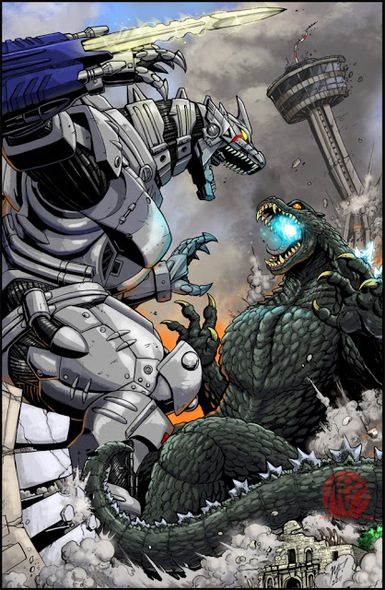 The second battle went well until Mechagodzilla's receiver was damaged. Akane wanted to enter Kiryu and affect repairs personally, despite being ordered not to. She then piloted the cyborg directly from its skull, carrying Godzilla out into the bay once more. Akane tried to destroy Godzilla with Mechagodzilla's ultimate weapon, the Absolute Zero Cannon, but the fight ended in a draw. Godzilla went back to the sea (though not before suffering a horribly shredded chest) and Mechagodzilla went back to the body shop after suffering a destroyed right arm, heavily damaged Absolute Zero system, and empty power cells. One year later, Akane was sent to America for further flight training. Taking her place in case Godzilla appeared was Akiba, but Mechagodzilla's engineer Yoshito Chujo is the human focus of the film. Mothra's twin fairies, the Shobijin, appear to warn Japan. They claim that building Mechagodzilla using the real bones was a violation of the natural order of things, sure to keep attracting Godzilla. The twins also claimed that Mothra would gladly take Mechagodzilla's place in protecting Japan if they agreed to dismantle the mechanical beast. Since Mechagodzilla had been built partially to defend against a second attack from Mothra herself, the Japanese declined at first. But when Godzilla did appear and killed Kamoebas, Mothra voluntarily (but at the same time, reluctantly) engaged him, and Prime Minister Hayato Igarishi was shamed into aiding her. Mechagodzilla flew into battle again. Despite this, the current adult Mothra was killed and Mechagodzilla's transmitter damaged once again. Just like Akane before him, Yoshito entered Mechagodzilla for repairs, but remained inside the mech during the battle after Godzilla's atomic breath had accidentally struck both of the hatch doors damaging and jamming it. Teaming up with the newly-hatched twin Mothra larvae, Mechagodzilla was able to use his drill in his right arm and injured Godzilla's chest even more, eventually reaching, and tearing up his insides, causing Godzilla to bleed. While Godzilla screamed in pain, Mechagodzilla fired his Triple Hyper Maser at Godzilla, making Godzilla roar to show Kiryu his flash back to Yoshito. Godzilla was then wrapped up by the twin Mothra larvae web. Unable to fight, Godzilla dropped to the ground. Mechagodzilla broke free of Akiba's control, but instead of finishing his battle, he merely subdued him and carried Godzilla out to sea. After releasing Yoshito to safety, Kiryu plunged into the depths with his counterpart and was never seen again. This is the second and final time Mechagodzilla succeeded in subduing Godzilla. Sentience While The Showa era Mechagodzilla has been referred to as a cyborg, it was not until Terror of Mechagodzilla that the rebuilt Mechagodzilla had any interface with organic tissue, which came in the form of Katsura Mifune, who became the base control unit for the machine, and as such the Showa era version was a cyborg in only the loosest sense as the control unit was a remote system implanted into a true cyborg. The Millennium era Mechagodzilla however, is a genuine cyborg as it contains organic components within itself. These components enabled the third Mechagodzilla to act independently of any form of control, and as a result was capable of making decisions and taking certain actions on its own, performing movements and actions not programmed by any of the control systems, usually at catastrophically inopportune moments. This feature was never intended by its creators and was an unforeseen development, however it proves to be a pivotal ability in Tokyo S.O.S., as it makes the decision on its own to take the modern Godzilla out to sea rather than kill him. Also unlike the previous Mechagodzillas, this one proved to possess some form of self-awareness, as well as an understanding of human language, communicating only once with Yoshito, a human who had worked with and on the third Mechagodzilla extensively, directly in Tokyo S.O.S. and indicating that it had been aware of Yoshito by name, though exactly how long the cyborg had been aware of him is never made clear. Arsenal
Millennium Mechagodzilla is considerably sleeker than other versions of Mechagodzilla, and bears a closer resemblance to Godzilla than the previous versions, as a result of being literally built on the bones of the first Godzilla. While Showa and Heisei Mechagodzilla are constructed of fictional alloys, it is never specified what Kiryu's armor is made out of. It is the first Mechagodzilla to include organic parts, built from the skeleton of the original Godzilla and using Godzilla DNA in its computer system. Additionally, unlike previous Mechagodzillas, this one's tail was able to move which allowed him to use it as a weapon. Millennium Mechagodzilla is a well balanced machine, and the most agile Mechagodzilla to date, moving with a fluid, almost organic grace. Its armament includes an oral maser cannon, dual laser cannons on each arm (detachable in "Tokyo S.O.S"), and a flight pack that contains two forward firing rocket launchers and four batteries along its back and sides for launching guided missiles. Upon emptying its payload, the flight pack can detach from his body and launched to push the enemy a safe distance back before being remotely detonated. In Tokyo SOS, the flight pack was modified so that only the weapons pods were fired; leaving the thrusters attached and allowing Mechagodzilla to maintain its aerial capabilities. For close combat, a short blade can be extended from Mechagodzilla's dual laser cannons which was not only able to penetrate Godzilla's nearly impervious hide, but was also able to discharge a crippling electrical surge into his opponent's body. Also in Tokyo S.O.S., Mechagodzilla's arsenal was upgraded to allow its right hand to collapse into a revolving drill. Like the previous Mechagodzillas, this one was also able to fly; although its limited energy reserves required the machine to be airlifted to the battlefield by two carrier craft. Millennium Mechagodzilla's most devastating weapon is the Absolute Zero Cannon (a weapon also utilized by the Gotengo). Stored in its chest behind a trio of folding panels, the Absolute Zero Cannon fires a ball of energy that flash freezes its target, thereby causing it to disintergrate under the weight of its own mass. After being heavily damaged in Godzilla Against Mechagodzilla, the Absolute Zero Cannon was deemed too expensive to repair and was replaced by a Hyper Maser Cannon in Tokyo S.O.S. |
Archives
January 2022
Categories
All
|
|
© 2011-2024 Kaiju Battle. All Rights Reserved.
|
Visit Our Social Media Sites
|
Proudly powered by Weebly
|
- Home
- Features
- Movies/Media
- Collectibles
- Comics/Books
-
Databases
-
Figure Database
>
-
X-Plus Toho/Daiei/Other
>
- X-Plus 30 cm Godzilla/Toho Part One
- X-Plus 30 cm Godzilla/Toho Part Two
- X-Plus Large Monster Series Godzilla/Toho Part One
- X-Plus Large Monster Series Godzilla/Toho Part Two
- X-Plus Godzilla/Toho Pre-2007
- X-Plus Godzilla/Toho Gigantic Series
- X-Plus Daiei/Pacific Rim/Other
- X-Plus Daiei/Other Pre-2009
- X-Plus Toho/Daiei DefoReal/More Part One
- X-Plus Toho/Daiei DefoReal/More Part Two
- X-Plus Godzilla/Toho Other Figure Lines
- X-Plus Classic Creatures & More
- Star Ace/X-Plus Classic Creatures & More
-
X-Plus Ultraman
>
- X-Plus Ultraman Pre-2012 Part One
- X-Plus Ultraman Pre-2012 Part Two
- X-Plus Ultraman 2012 - 2013
- X-Plus Ultraman 2014 - 2015
- X-Plus Ultraman 2016 - 2017
- X-Plus Ultraman 2018 - 2019
- X-Plus Ultraman 2020 - 2021
- X-Plus Ultraman 2022 - 2023
- X-Plus Ultraman Gigantics/DefoReals
- X-Plus Ultraman RMC
- X-Plus Ultraman RMC Plus
- X-Plus Ultraman Other Figure Lines
- X-Plus Tokusatsu
- Bandai/Tamashii >
- Banpresto
- NECA >
- Medicom Toys >
- Kaiyodo/Revoltech
- Diamond Select Toys
- Funko/Jakks/Others
- Playmates Toys
- Art Spirits
- Mezco Toyz
-
X-Plus Toho/Daiei/Other
>
- Movie Database >
- Comic/Book Database >
-
Figure Database
>
- Marketplace
- Kaiju Addicts
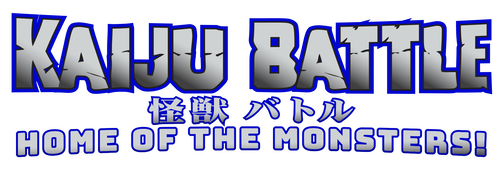
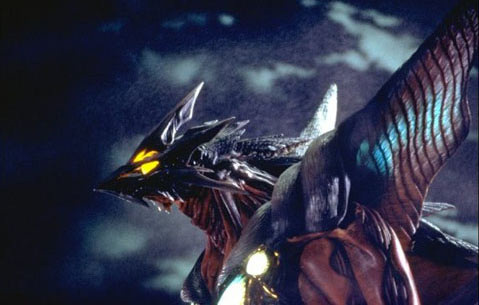
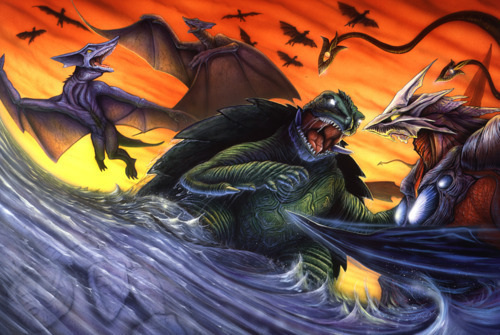
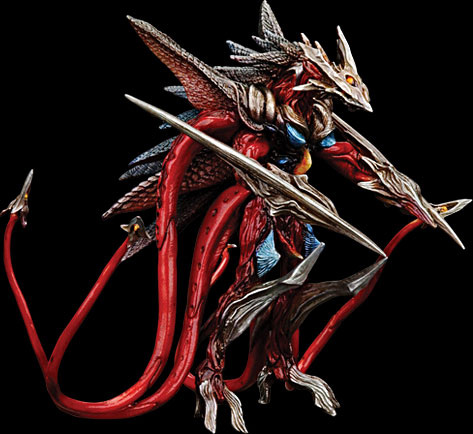
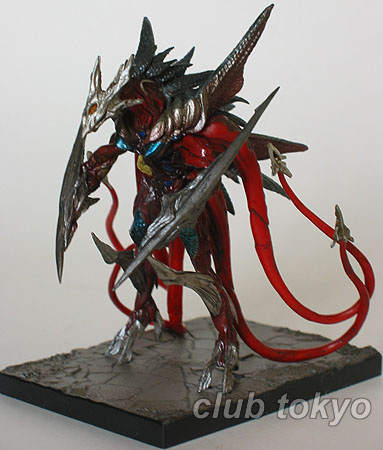
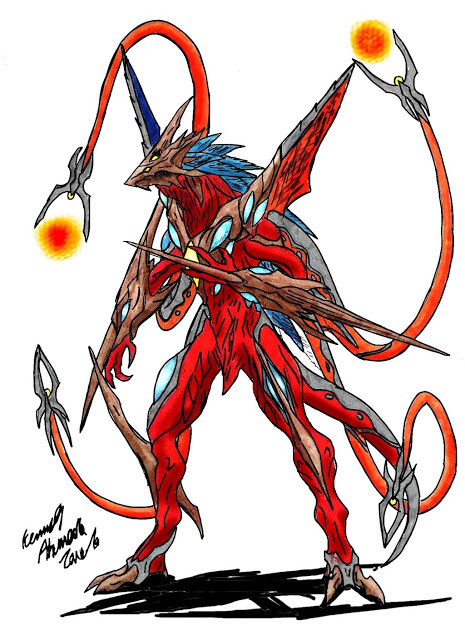
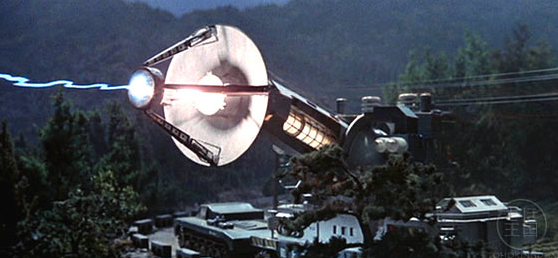
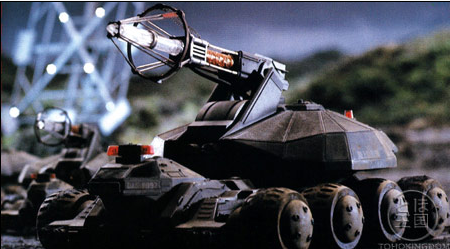
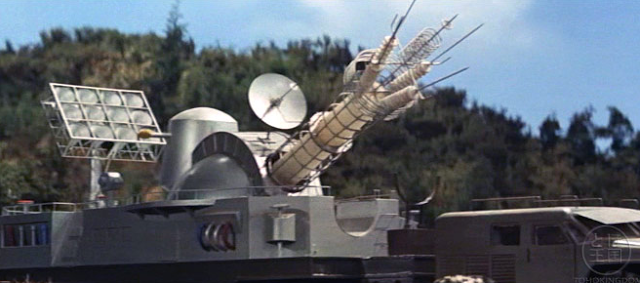
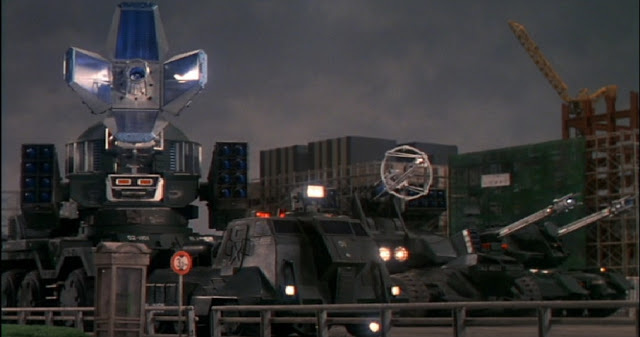
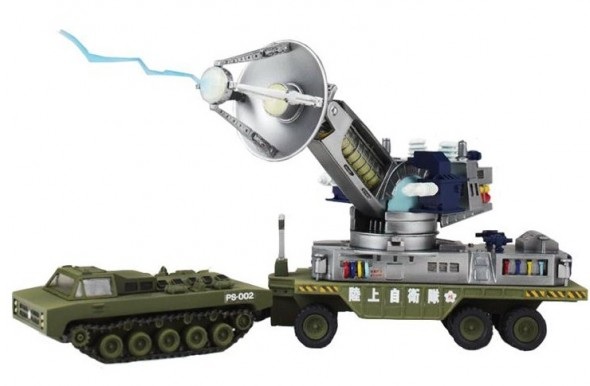
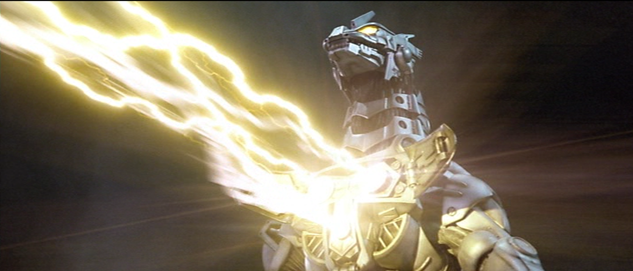
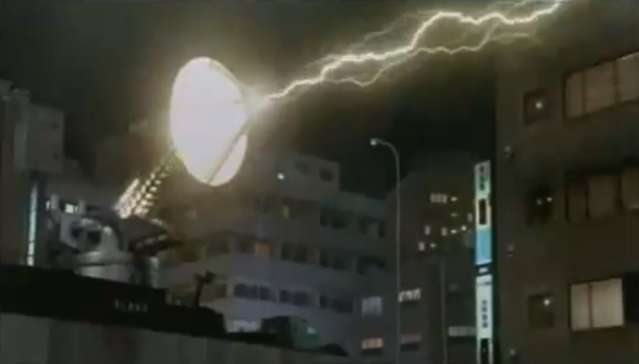
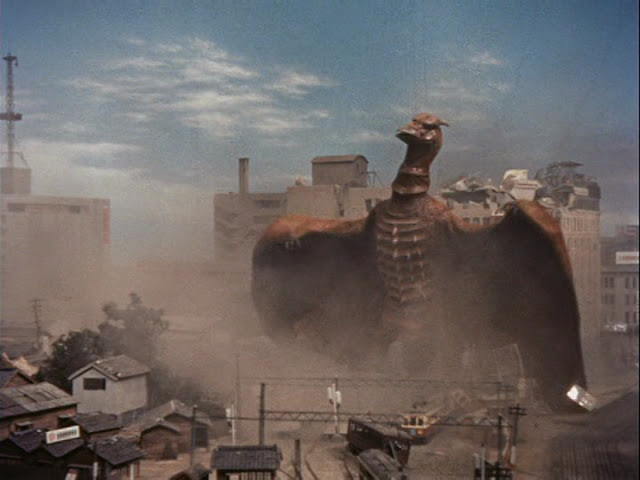
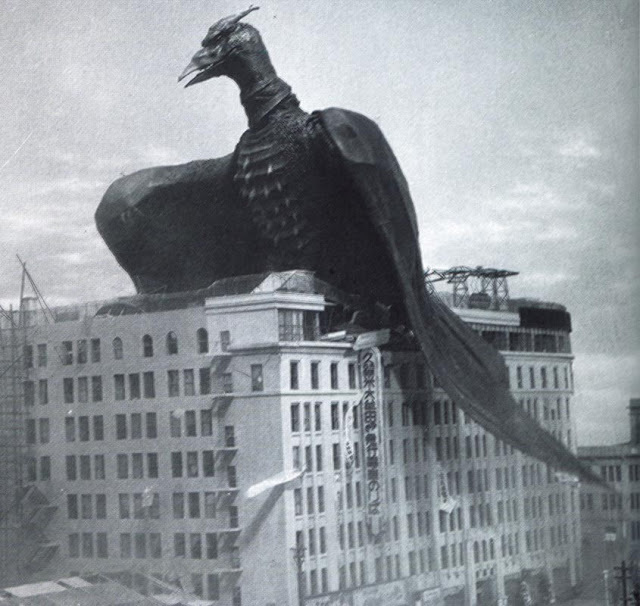
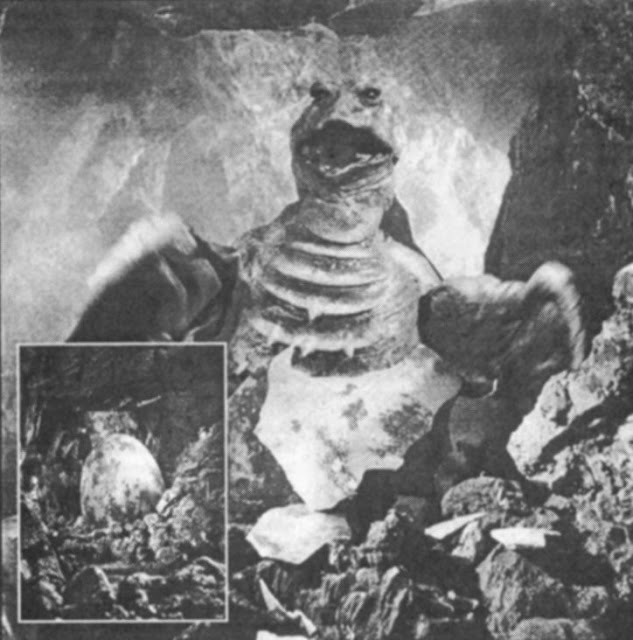
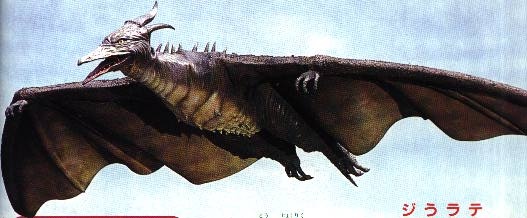
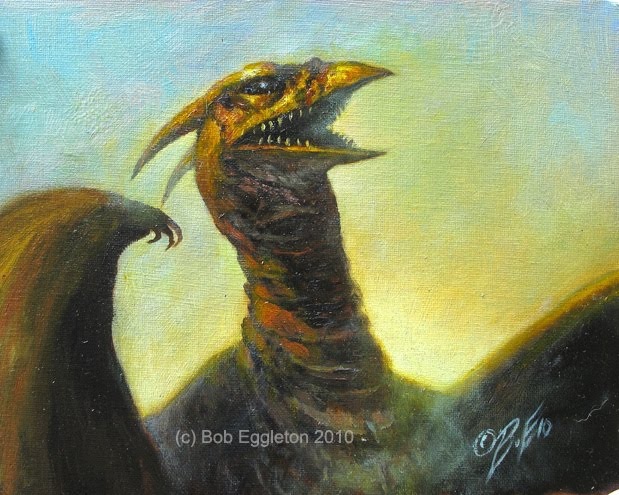
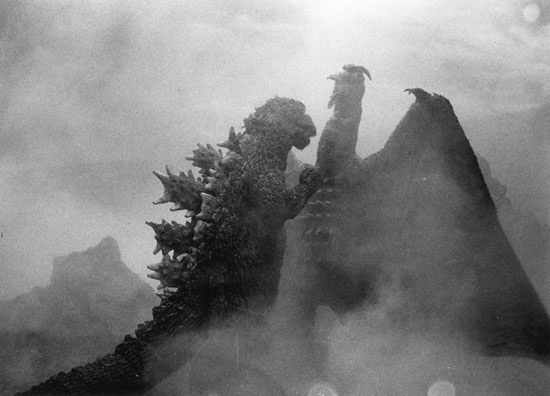
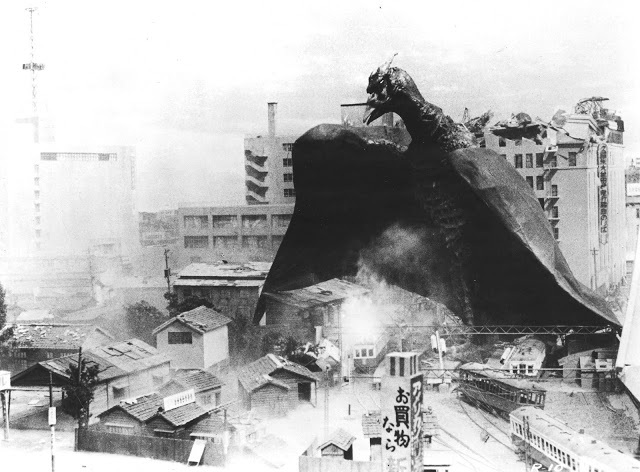
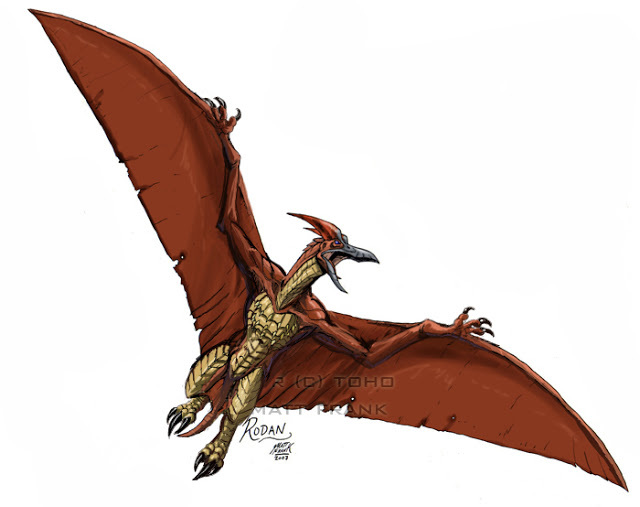

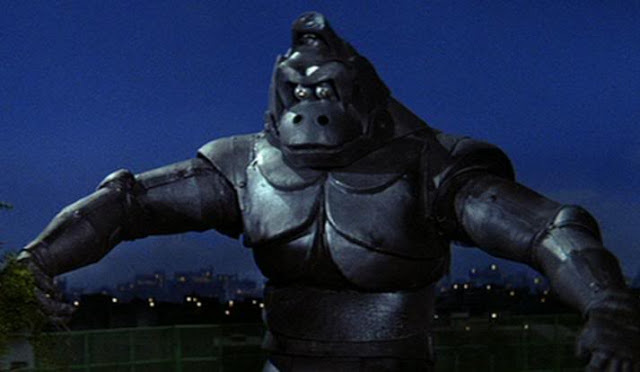
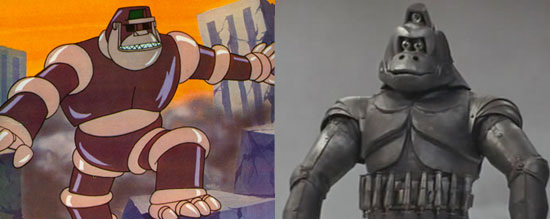
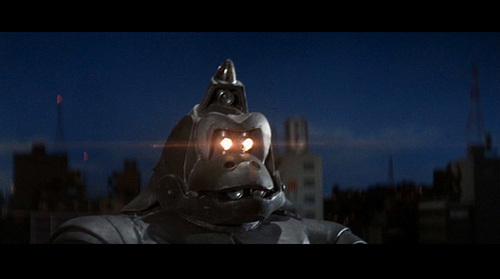
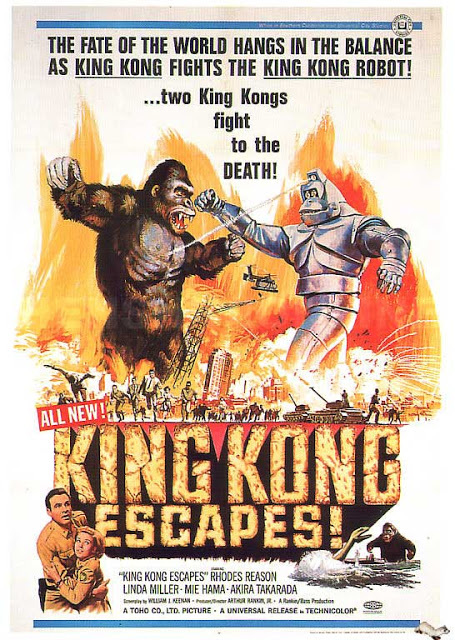
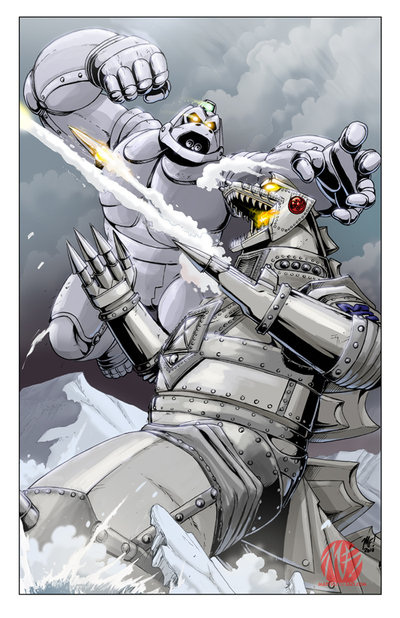
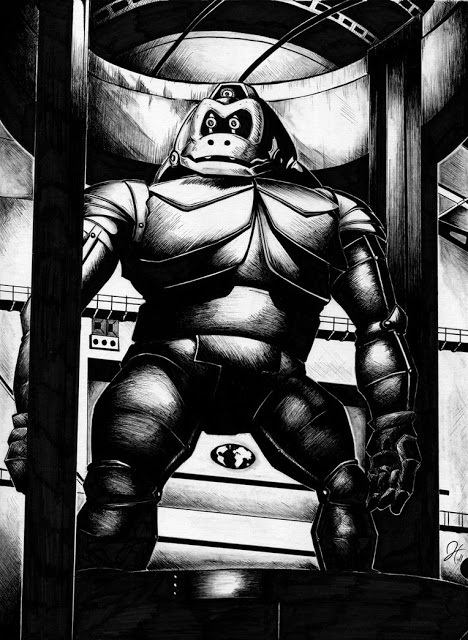
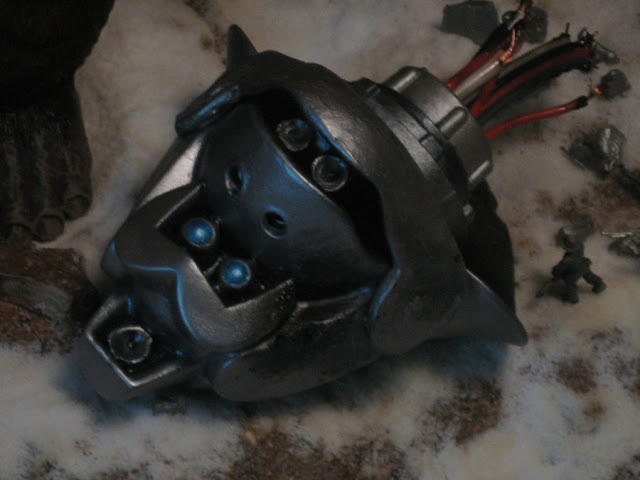
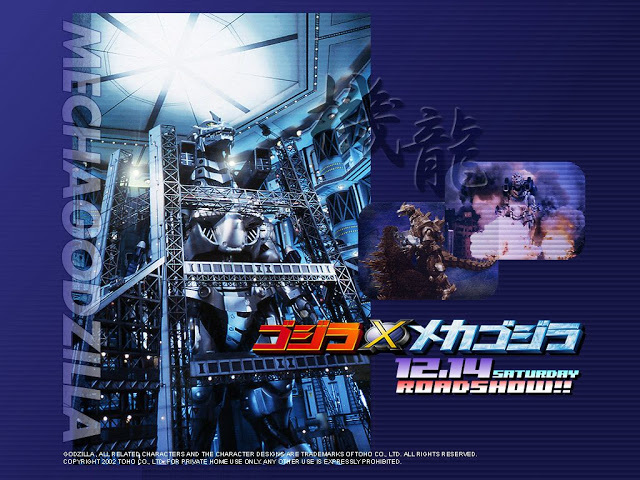
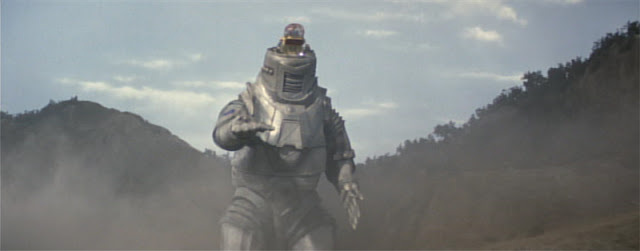
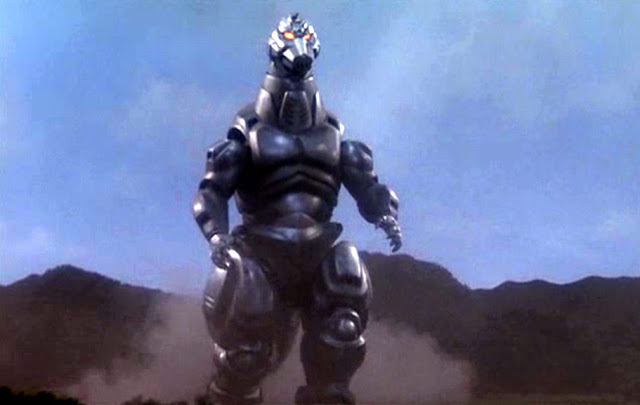
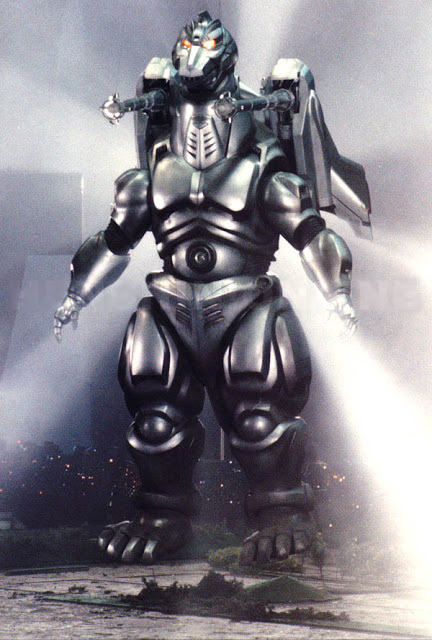
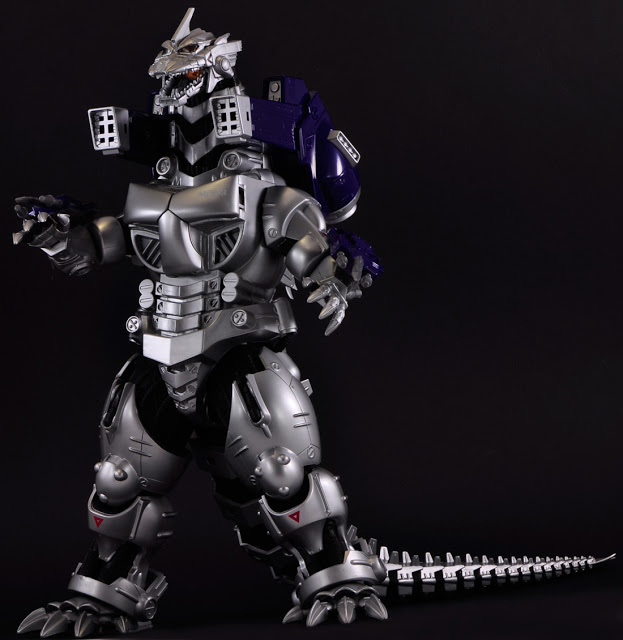
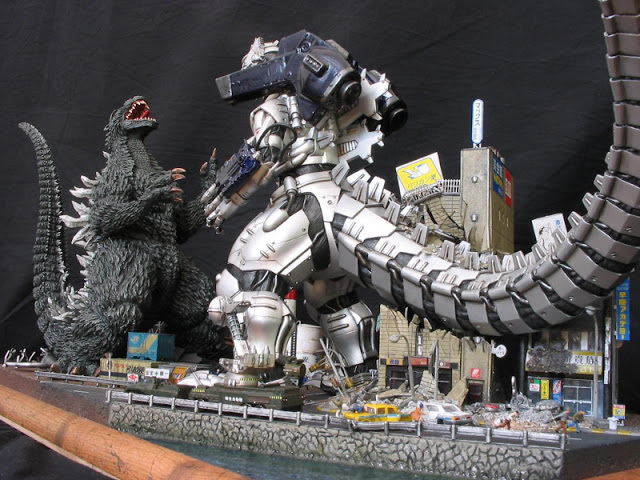
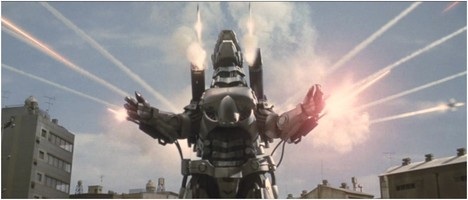
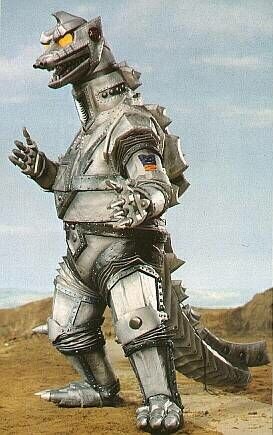
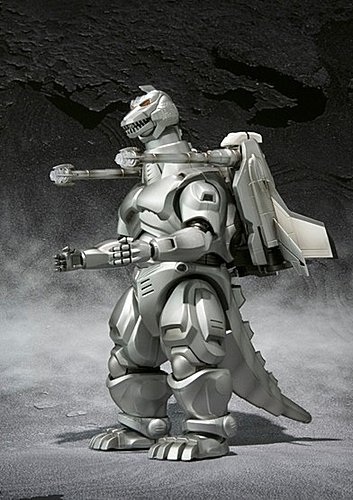
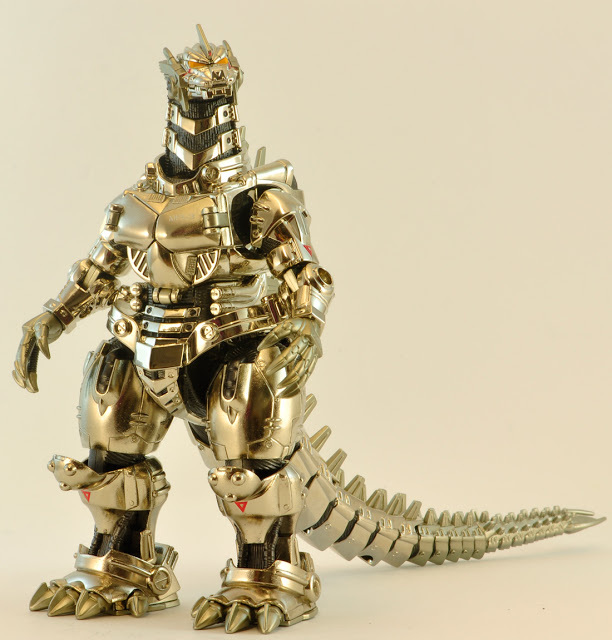
 RSS Feed
RSS Feed